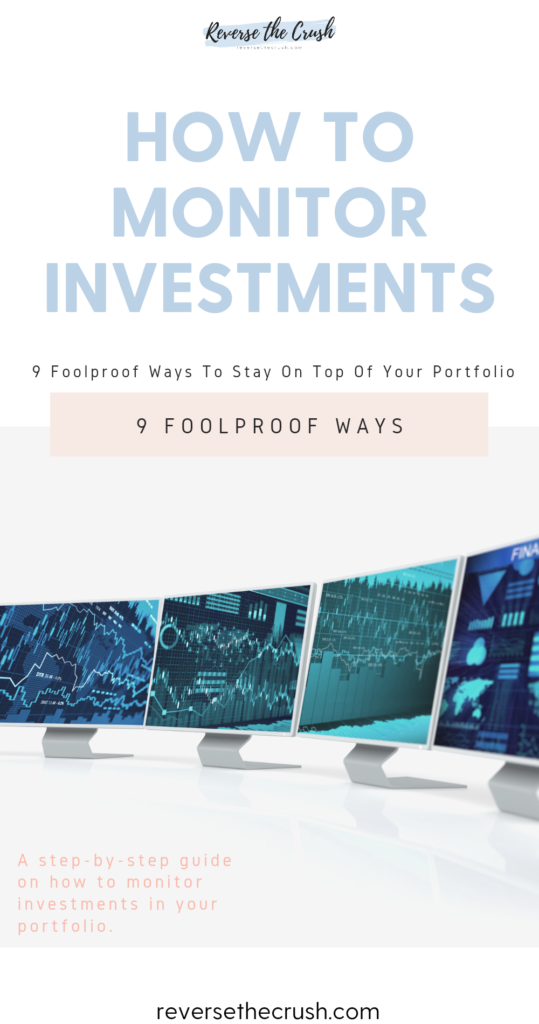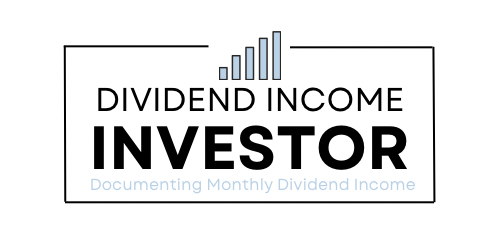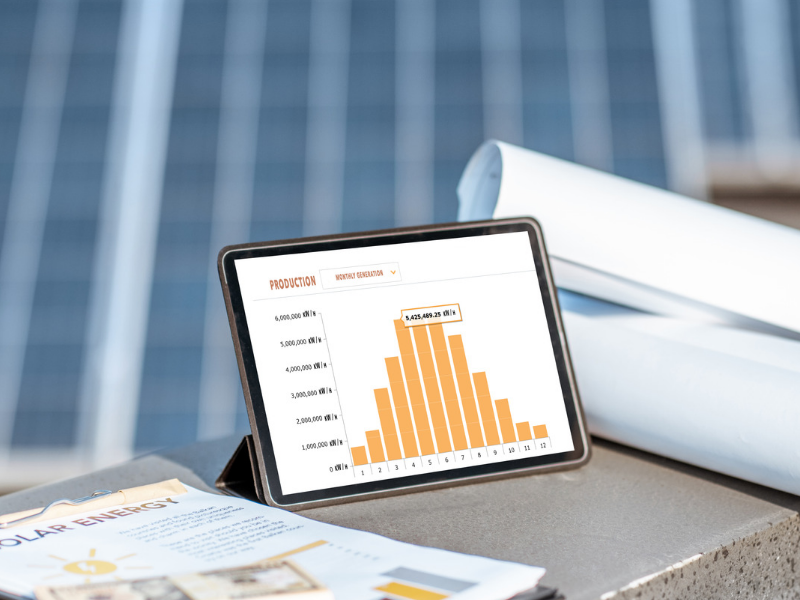How to monitor investments in 9 foolproof steps: A step-by-step guide on how to track stocks and investments in your portfolio.
Monitoring your investments may seem like an overwhelming task.
It’s probably why most investors prefer index investing.
However, if you set up a plan to monitor your investments, it can become a fairly routine task like everything else.
In this post, I will show you how to monitor your investments in nine foolproof steps.
Let’s jump right in to step number one.

How To Monitor Investments
1. Focus On The Business, Not On The Stock
One of the most important points to remember when you are investing is the stock market is to focus on the business, not on the stock price.
When you are investing in a stock, you are investing in a business.
If you owned a small business, you would keep track of how much money the business is making and you would make decisions on what to do with that money.
In the same way, you need to look at the business behind the stock to see how it is being managed.
You need to look at sales, revenue growth, earnings per share (EPS), and debt levels.
2. Read Quarterly and Annual Company Reports
Once you complete an initial analysis, you can invest in a stock if the business meets your investment screening process.
But your work doesn’t stop there.
Because businesses, technology, and competitors change from year to year, you must read quarterly and annual company reports to understand the business and review performance.
Here is an example of Apple’s latest quarterly report: Apple Reports First Quarter Results.
Again, you need to look at sales, revenue growth, earnings per share (EPS), debt levels, and more. Is the company executing on its strategy?
If you are a dividend income investor, you will want to look at the dividend payout ratio and cashflow situation to make sure the company can cover its dividend.
In addition, you need to read annual and quarterly reports to understand how the business plans to make money in the future.
3. Follow Your Stocks with a Stock App
The quickest way you can start monitoring your investments is by downloading a few stock apps to track stock prices.
Of course, you need to remember that the daily price of a stock does not matter.
You should focus on business performance first. The stock price will follow business performance if it is a great company.
With that said, that does not mean you should avoid looking at stock prices.
If you don’t have the risk tolerance to withstand fluctuations, you probably shouldn’t be in stocks in the first place.
4. Keep an Eye Out For Important News and Announcements about the Company
Although you want to avoid most of the stock market noise, it’s still wise to pay attention to important news and announcements about your stocks.
Perhaps the company will make an important announcement about a new product or service.
Or maybe an astute investor has an opinion on your stock you can learn from.
The point is—you should know what is going on with companies you are putting your hard-earned money into.
A great way to monitor for news articles is through a stock app, or by searching each company on Google.
5. Track Your Dividends and Returns in a Spreadsheet
Of course, you don’t want to just buy stocks on a whim and have a rough idea of how much money you are making.
You want to make informed decisions and fully grasp what is happening with your investments.
As such, you should track your dividends and total investment returns in a spreadsheet.
You should know how much dividend income you are earning, how much capital gains, interest, and what your total annual returns are.
Tracking your own returns is imperative, because it’s a measure of how the investments are affecting your money. It’s not just factoring in how the business or stock is performing.
6. Review Your Individual Stocks’ Performance
Similarly, to make informed investment decisions, you need to track your stocks’ individual performance.
Typically, you can sign on to your brokerage and check the rate of return per stock.
Based on how the stock is performing individually, you can decide to buy more, hold, or sell it.
Personally, I think it’s worthwhile to check this at least once per month.
7. Test the Company’s Product or Service
Another less talked about way to monitor your investments is to literally try their products and services.
Do you like the product or service? Is the quality getting better or worse? Or are competitors better or cheaper?
If the business is good, it’s a good sign that the stock will be good.
8. Listen to Twitter and Forums
Whether you like them or not, forums like WallStreetBets are making money in the market.
I’m sure you heard of the recent debacle with GameStop by now.
As crazy as it is, these young traders are making money and the forum is having an impact.
In order to gain a different perspective and to be open-minded, why not check out what people are saying about your stocks?
9. Start a Blog About Your Portfolio
Of course, I’m going to tell you to start a blog—I’m a blogger.
But in all seriousness, writing a blog about investments is a tremendous way to learn more about investing.
You will get to discuss your investments with the blogging community, and you will get feedback.
Moreover, writing out your thoughts on a topic is a great way to add clarity.
Writing a blog also forces you to do more research, and it’s a creative way to hold yourself accountable.
By documenting your returns and tracking your performance, you begin to notice patterns.
If you commit to writing about your investments for a year or two, you will become a more intelligent investor and you will have a better understanding of your own investment strategy.

How To Monitor Investments – Final Thoughts
Monitoring your investments is a vital part of being a successful investor.
If you don’t want to do it, buy an index fund, ETF, or go get advice from a professional financial advisor.
Furthermore, monitoring your investment performance will make you a more intelligent investor.
If you make monitoring your investments a routine, you will eventually notice patterns that will make you a better investor overall.
Similar posts you might like:
Best Stock Apps: (4) Must-Have Apps to Track Stock Prices
How to Easily Track Your Dividends
I am not a licensed investment or tax adviser. All opinions are my own. This post may contain advertisements by Monumetric. This post may also contain internal links, affiliate links to BizBudding, Amazon, Bluehost, and Questrade, links to trusted external sites, and links to RTC social media accounts.
Connect with RTC
Twitter: @Reversethecrush
Pinterest: @reversethecrushblog
Instagram: @reversethecrush_
Facebook: @reversethecrushblog
Email: graham@reversethecrush.com


 Dividend Income January 2021 – Up 30% Over Last Year
Dividend Income January 2021 – Up 30% Over Last Year
